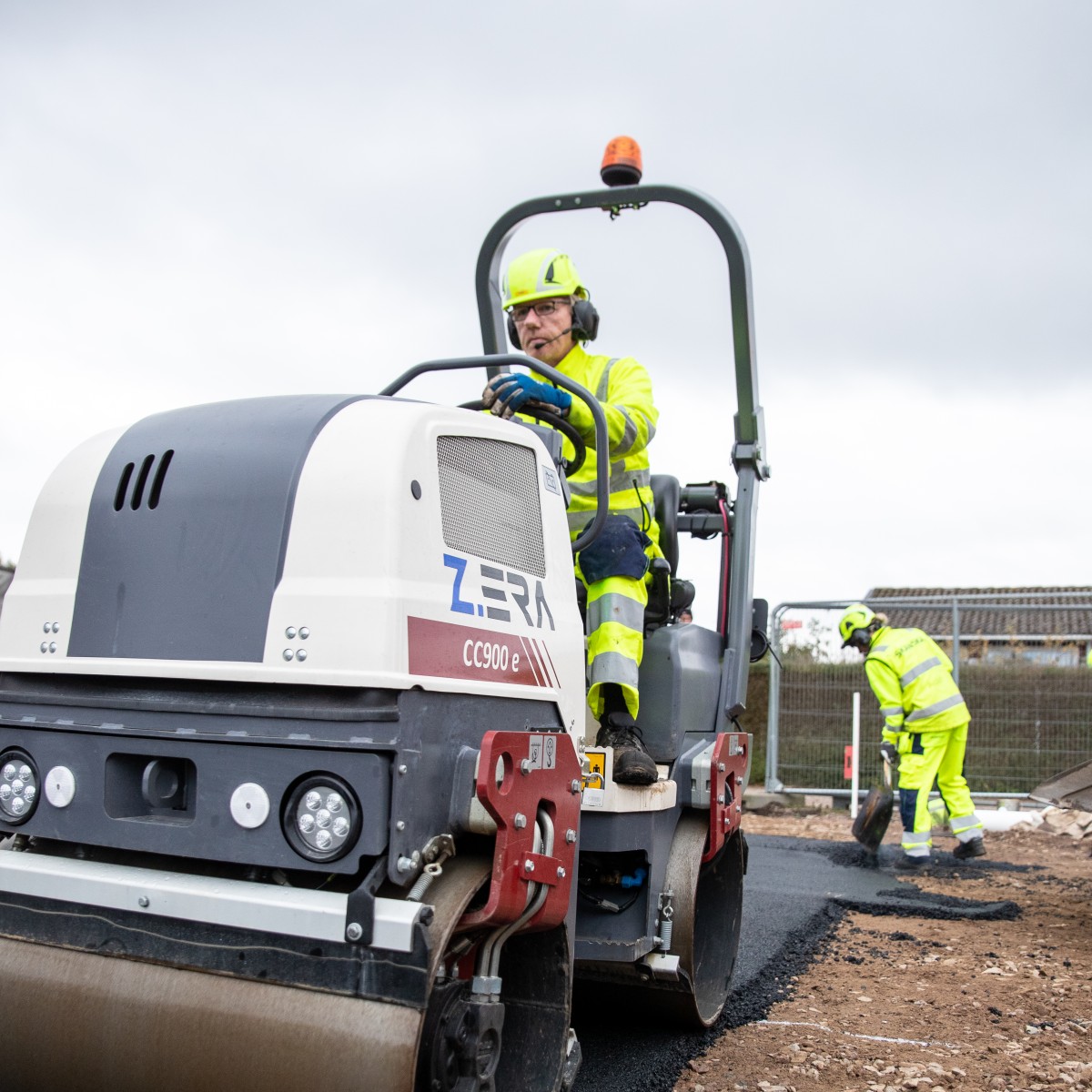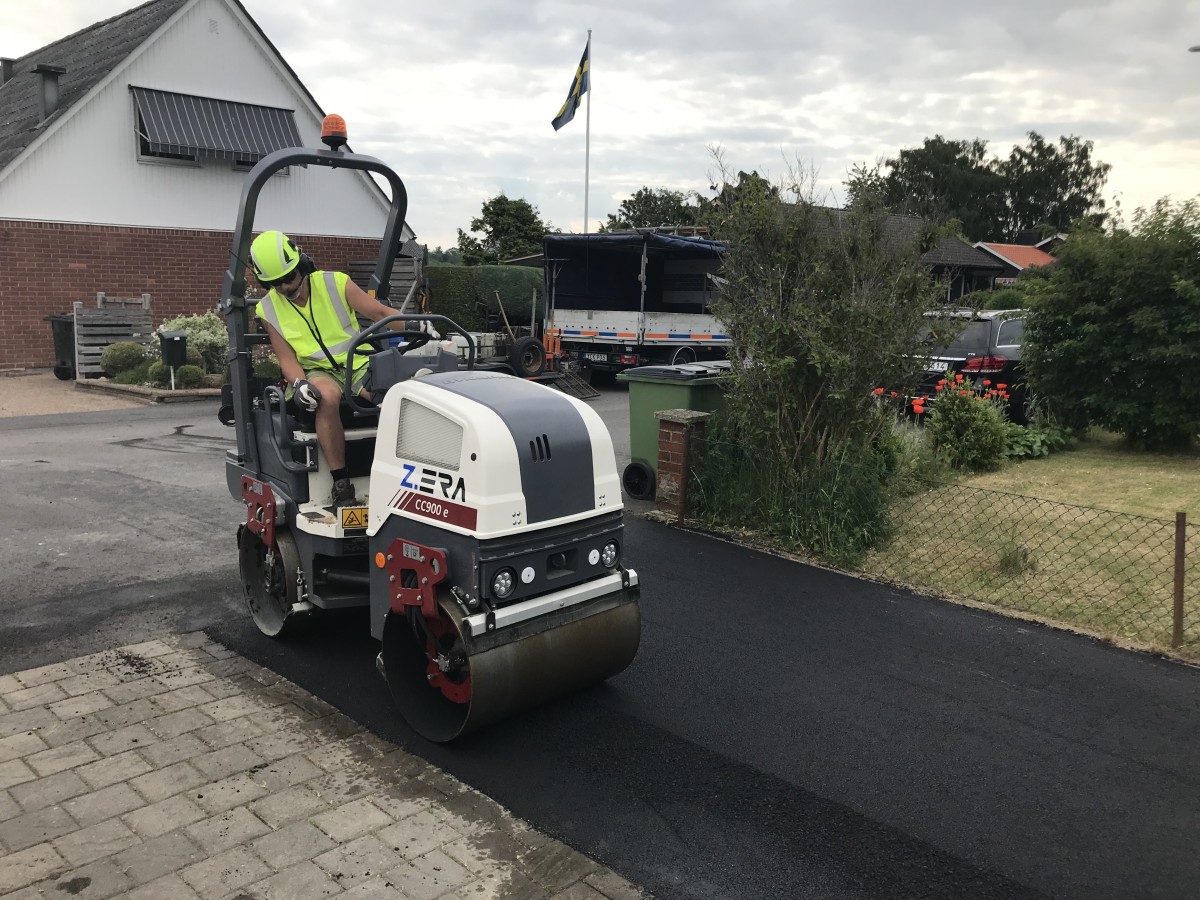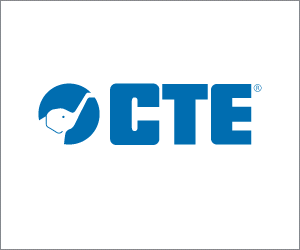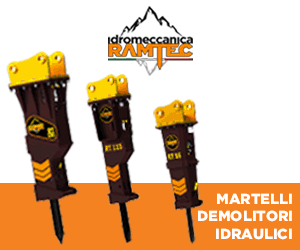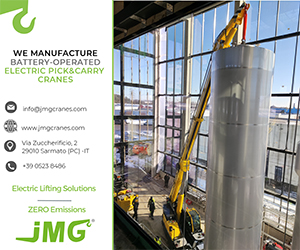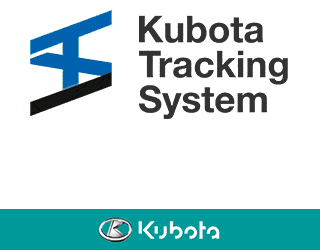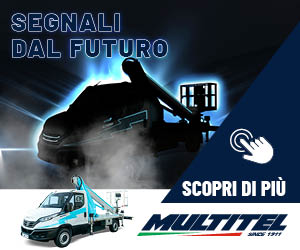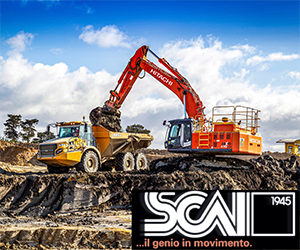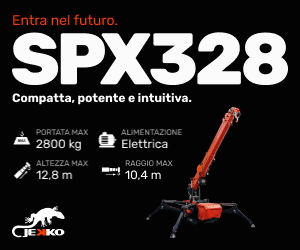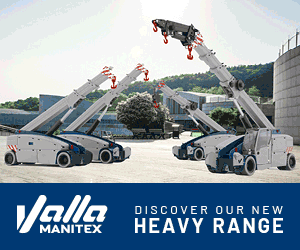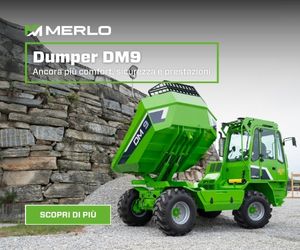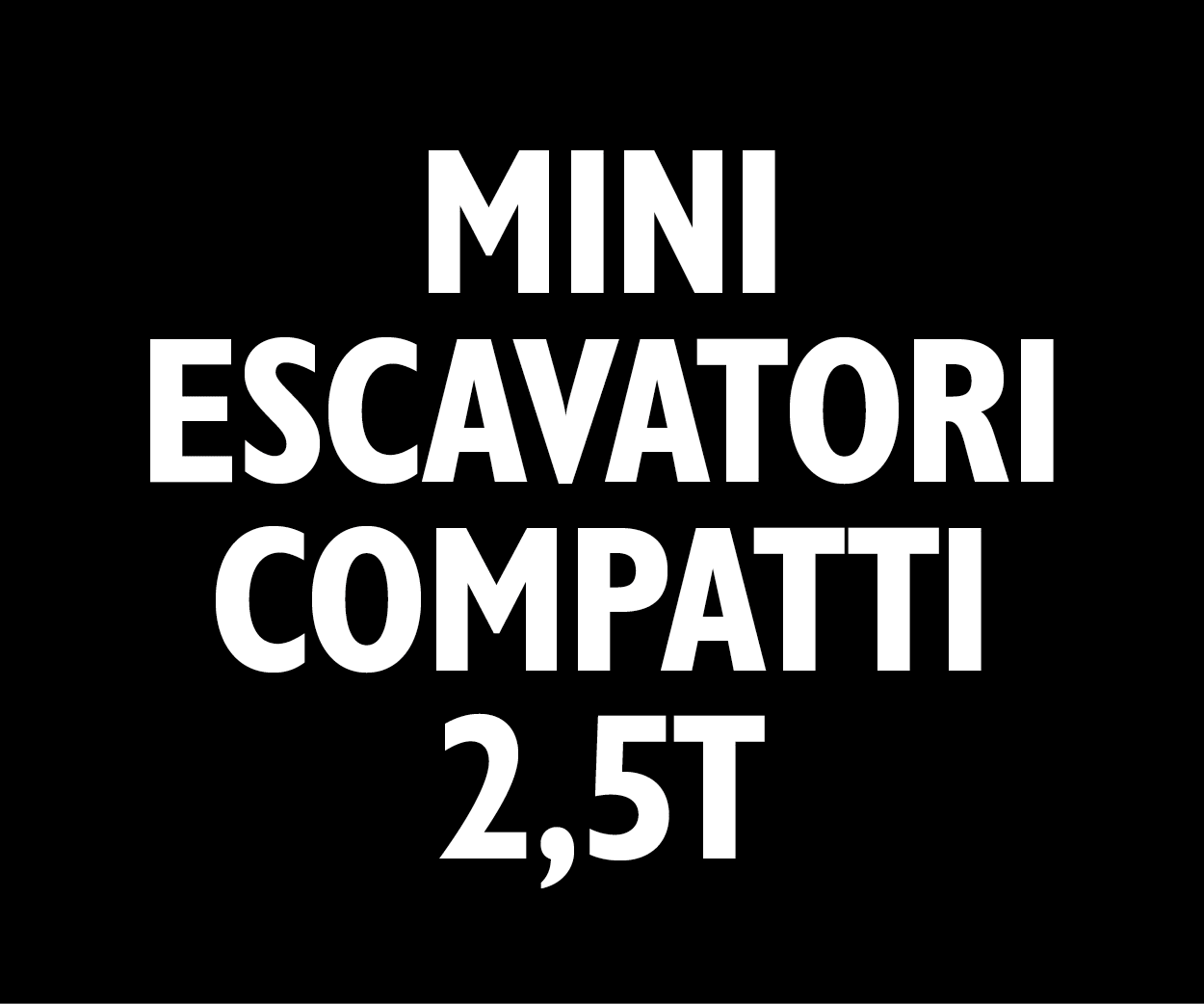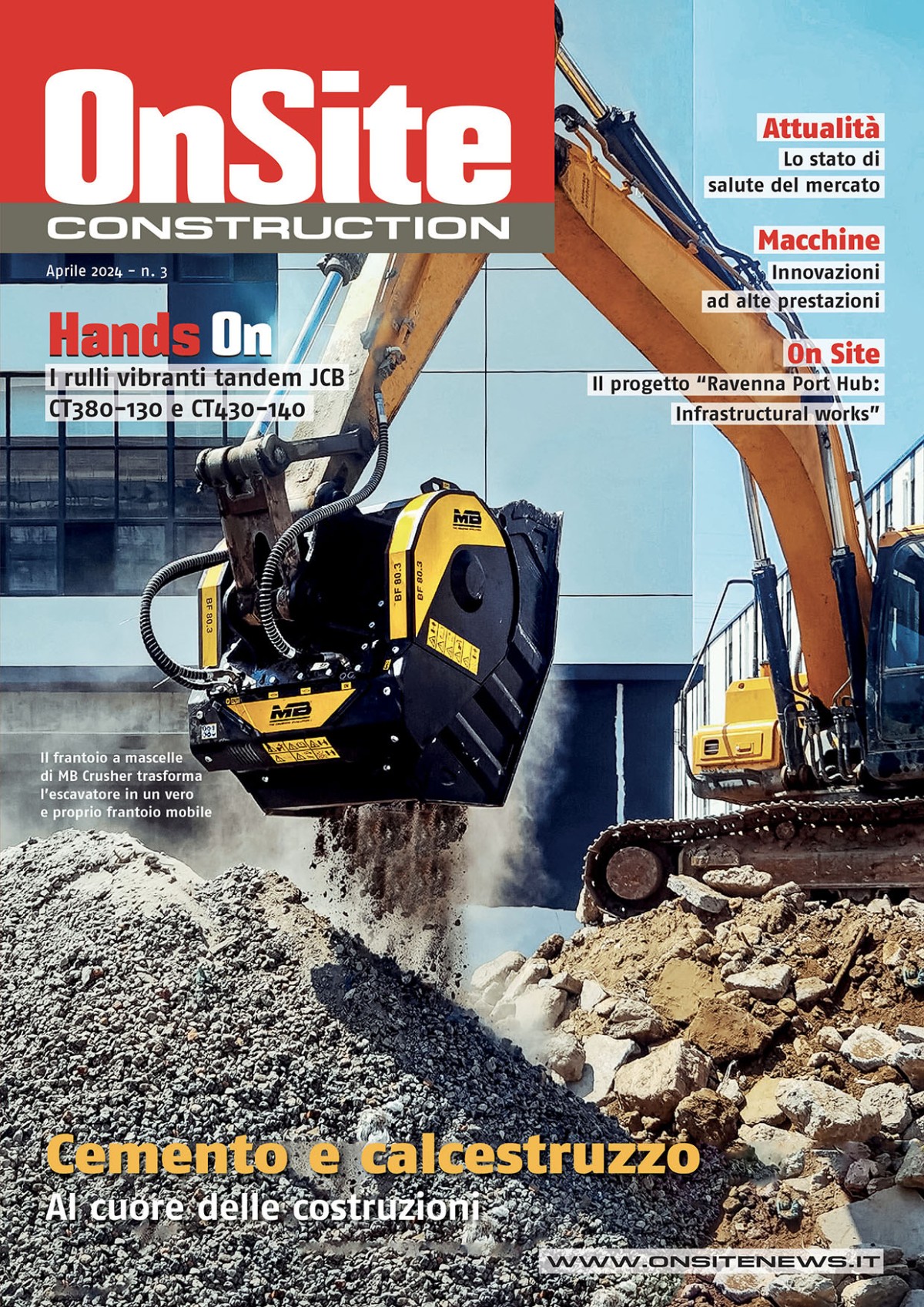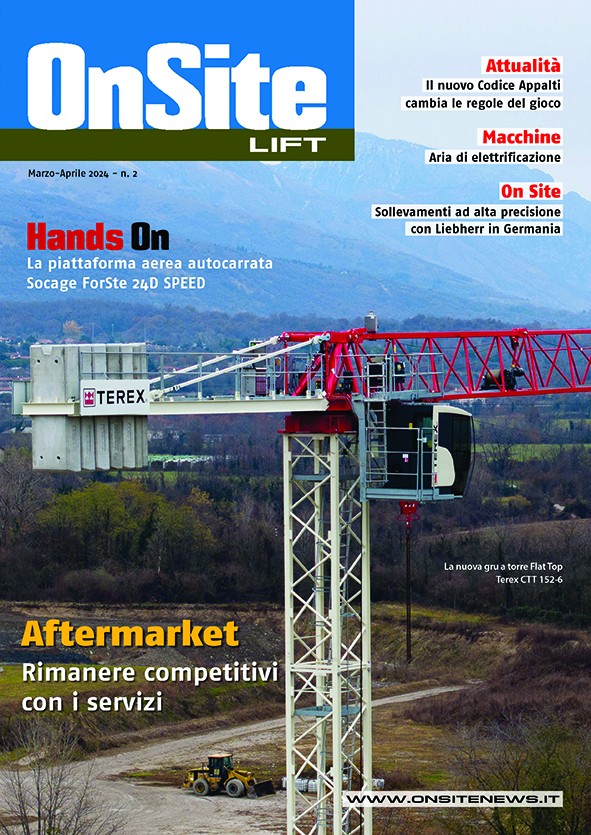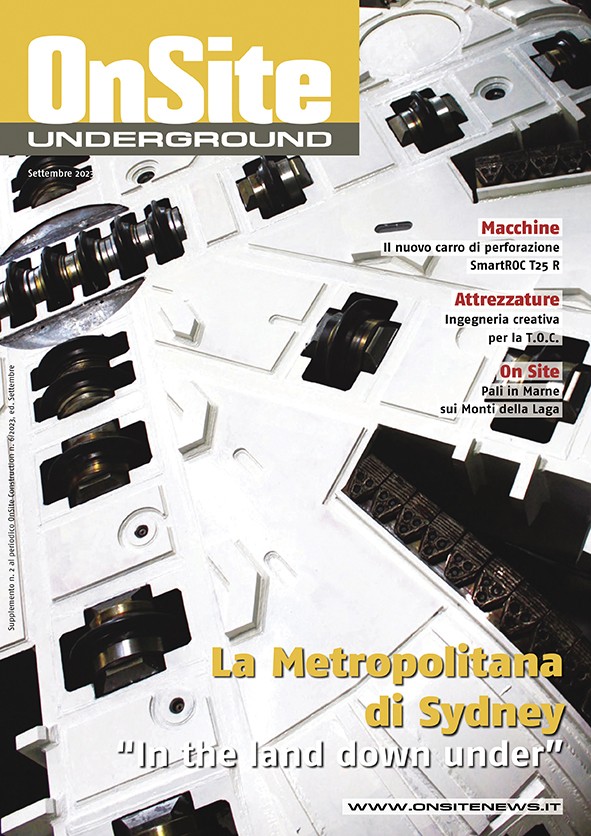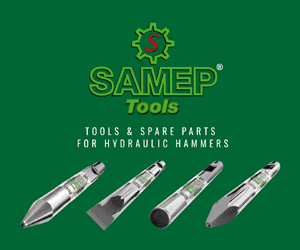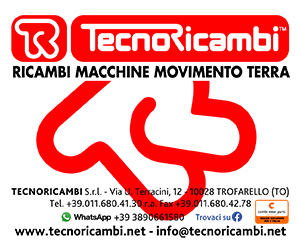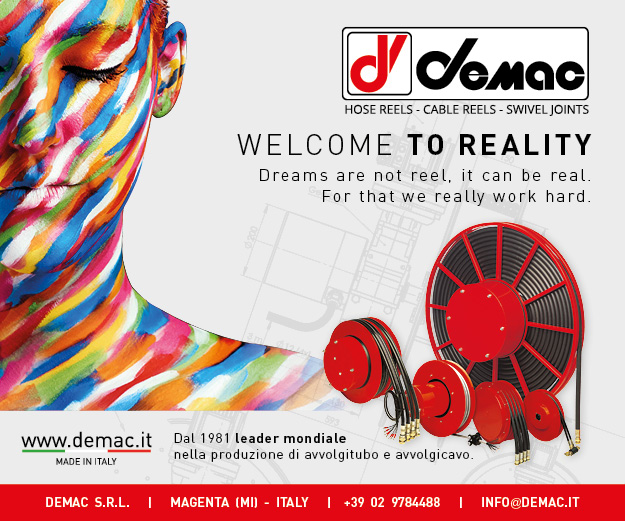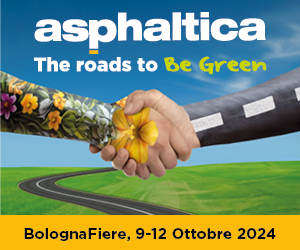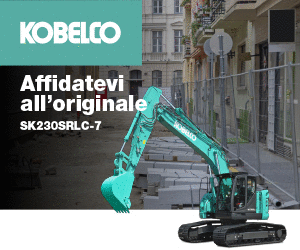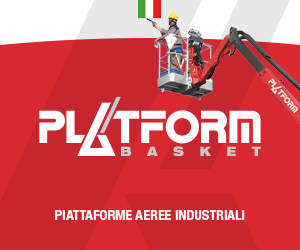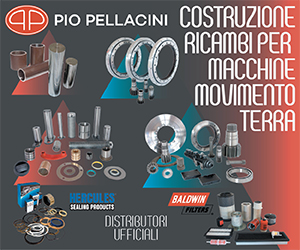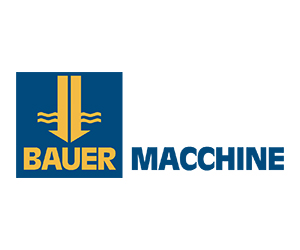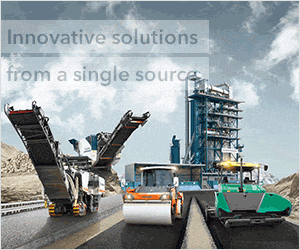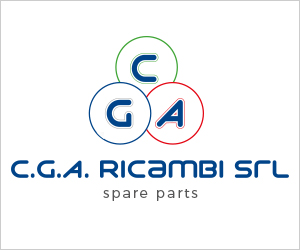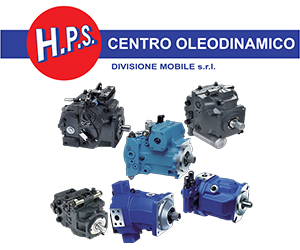Home \ International \ Dynapac CC900 e & CC1000 e electric rollers
Dynapac CC900 e & CC1000 e electric rollers
15/03/2023
Pubblicato da Redazione
The introduction of the CC900 e and CC1000 e, sets a clear course on Dynapac’s path to offering more sustainable rollers with all the power and performance of their diesel counterparts.
The introduction of the CC900 e and CC1000 e, sets a clear course on Dynapac’s path to offering more sustainable rollers with all the power and performance of their diesel counterparts. Both rollers come with all the well-known advantages electrically powered vehicles bring with them such as increased cost savings, fewer moving parts, and maintenance - while offering a powerful battery capable of completing a full day of operation without recharging. The CC900 e and CC1000 e also deliver the same static linear load, amplitude, gradeability, and travel speed as the diesel-powered models on which they are based, with no compromise on productivity or job site performance.
A typical “day in the life of a 1.6-ton roller” normally consists of repair work with hand-laying from a “spreader” or sometimes following a small-sized paver on sidewalks/ bicycle lines. This comes out to a compaction of about 70 – 80 tons of asphalt per day at a layer thickness of 40 – 50 mm. In terms of area, this is roughly about 700 m2. Based on experience, this guarantees that the battery will last for a full day of work. In 90% of the cases, about 20 - 30% of the battery level was left after the workday was over.
With the fast charger, 400 Volt / 3-phase system it takes 1,3 hours to reach 80% charging level. The 230 volt/ 1-phase charger needs 6 hours to reach 80% of its charging capacity. Dynapac is additionally planning to provide adapters making it possible to also use standard car-charging stations.
Both rollers in this segment are primarily used in road repair work and are intermittently used. With conventional diesel motors, this means that they are often left idling while the asphalt is raked into position. After compaction, the machines travel to the next repair site where they are also left idling for extended periods. With a standard diesel-powered machine, a great deal of energy and money is wasted, let alone the negative environmental impact caused by emissions. Because an electric roller doesn’t idle when not in use, the energy consumption is zero. Additionally, both models are significantly quieter than conventional ones which is significant because rollers of this size and class tend to work in urban areas where there is a need to minimize noise and emissions.
As with any electric vehicle, the significant reduction of moving parts ensures less costly maintenance caused by daily wear & tear. Expensive maintenance such as engine oil and filter changes, as well as the refilling of coolant liquids, is no longer an issue. When given the opportunity to test and operate the CC900 e and CC1000 e, roller operators reacted very positively. Because both electric rollers are based on the diesel-driven roller, there was a great deal of familiarity. The exact same interface and feeling in terms of handling meant that the amount of new learning necessary was almost non-existent. Benefits that they particularly enjoyed included lower noise levels, no exhaust fumes, fewer daily maintenance points, and being easy to understand and operate.

Ultime notizie di OnSite News
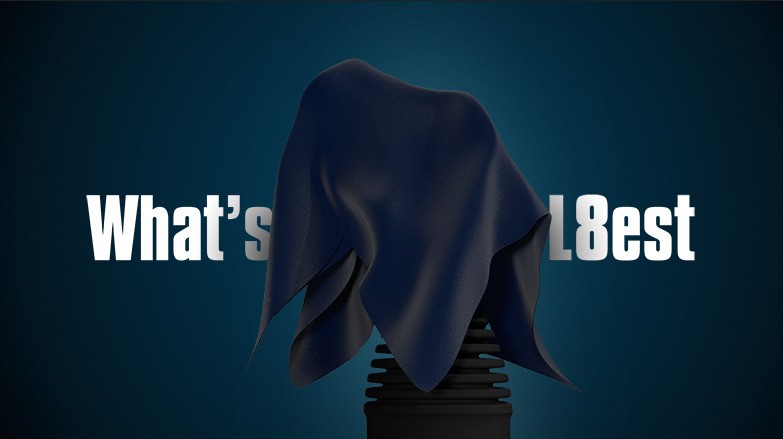
Components
26/04/2024
SVAB launches the successor to the popoular joystick Grip L8
At this year’s edition of Intermat in Paris on April 24-27,...
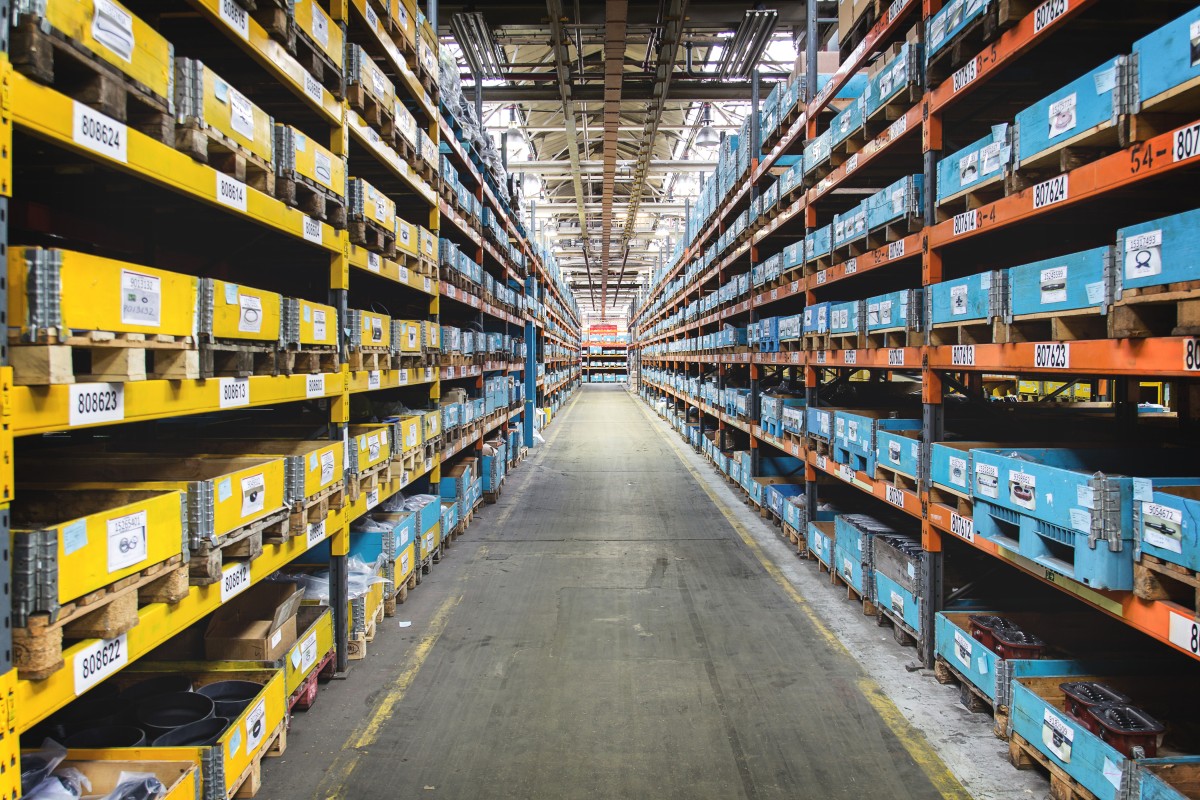
Components
25/04/2024
Genuine parts ensure articulated hauler quality and uptime
The importance of good quality, reliable parts when maintain...
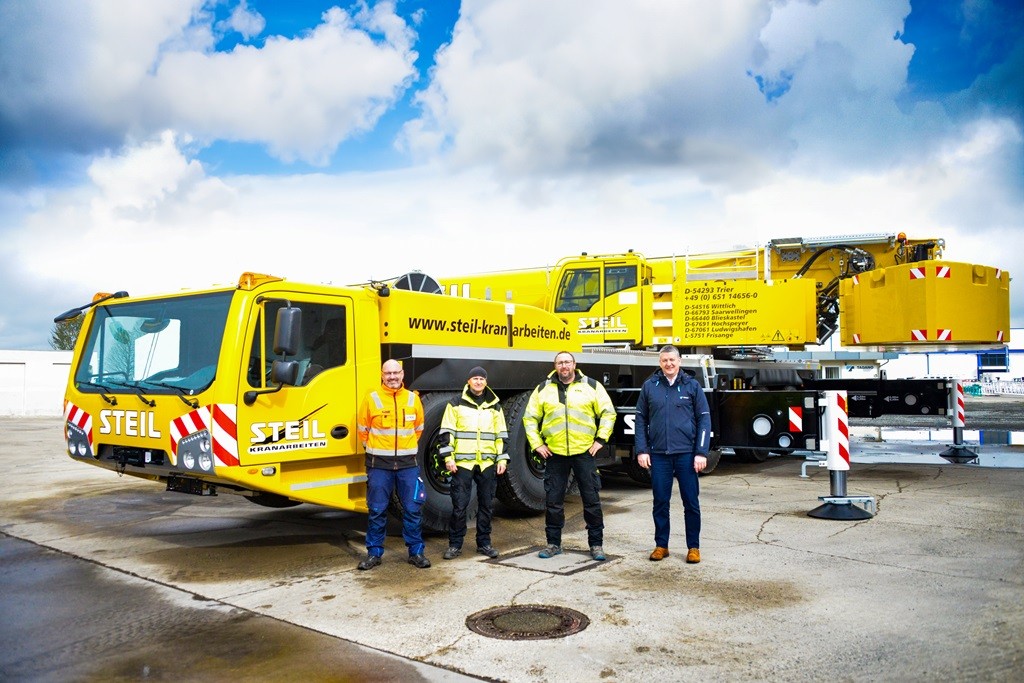
Lifting
25/04/2024
Steil takes delivery of new Tadano AC 6.300-1 all terrain crane
Steil takes delivery of new Tadano AC 6.300-1 all terrain cr...
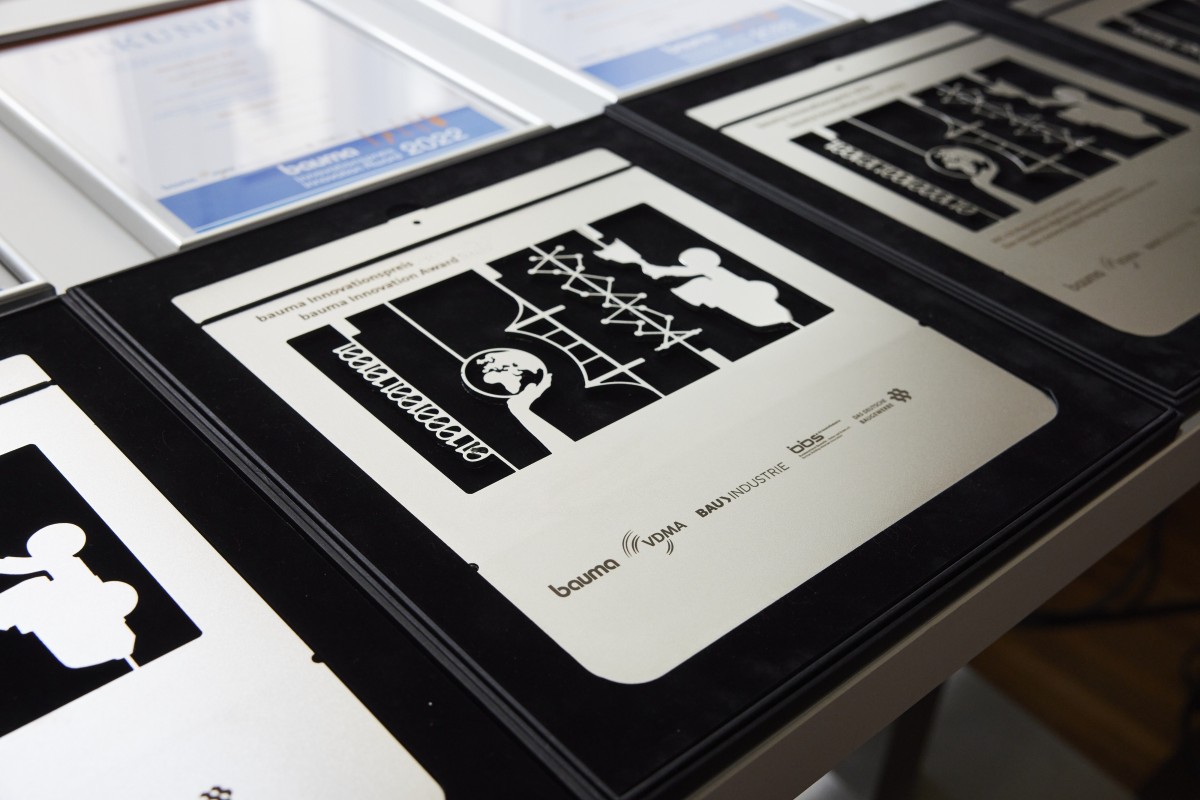
Earthmoving Machinery
23/04/2024
Bauma Innovation Award: Kick-off 2 May 2024
On the occasion of bauma 2025, the leading associations of t...
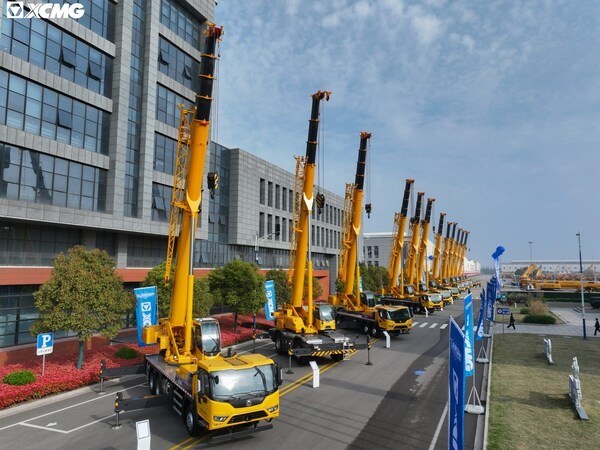
Lifting
19/04/2024
XCMG unveiled its premium G2 crane brand
G2 Integrates the whole process of product application, main...
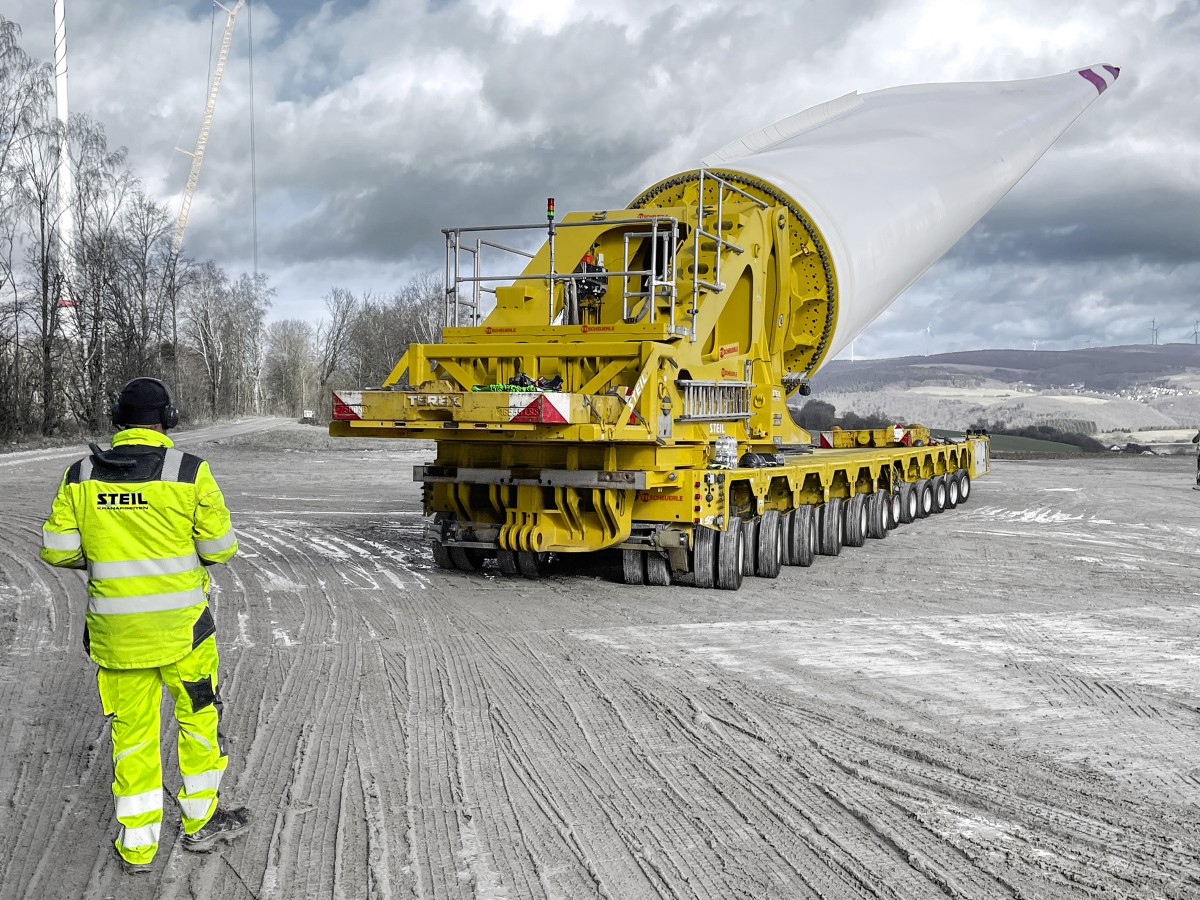
Services
18/04/2024
BladeLifter from TII SCHEUERLE is the perfect choice for even the longest rotor blades
The fourth generation SCHEUERLE BladeLifter allows all fleet...
Altri International

International
26/04/2024
Digitalisation and sustainability at the Wirtgen Group's "Technology Days"
Digitalisation and sustainability were the focal points of t...

International
26/04/2024
SVAB launches the successor to the popoular joystick Grip L8
At this year’s edition of Intermat in Paris on April 24-27,...

International
25/04/2024
Genuine parts ensure articulated hauler quality and uptime
The importance of good quality, reliable parts when maintain...

International
25/04/2024
Steil takes delivery of new Tadano AC 6.300-1 all terrain crane
Steil takes delivery of new Tadano AC 6.300-1 all terrain cr...
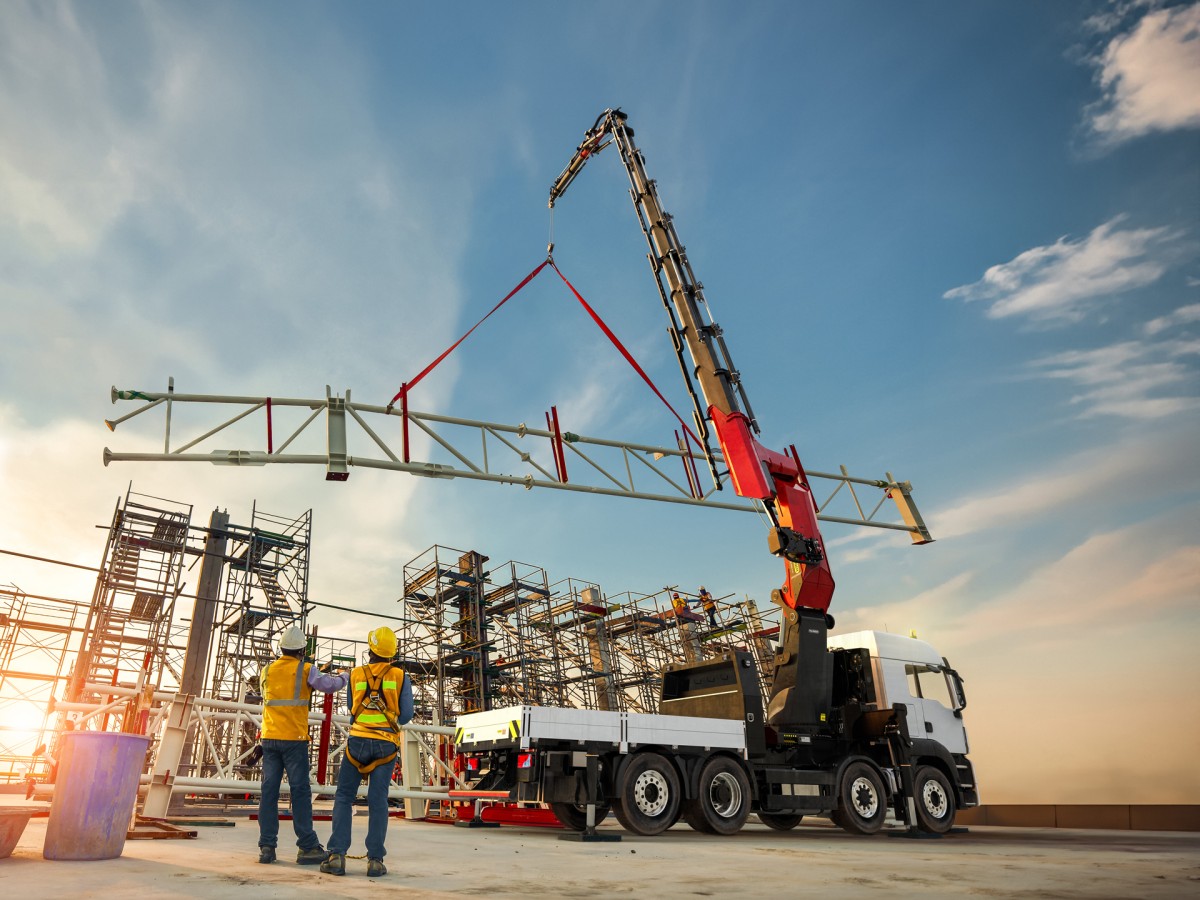
International
24/04/2024
New Palfinger's TEC Heavy-Duty Cranes Set Standards in Power & Precision
The new Palfinger PK 1350 TEC and PK 1650 TEC heavy-duty cra...
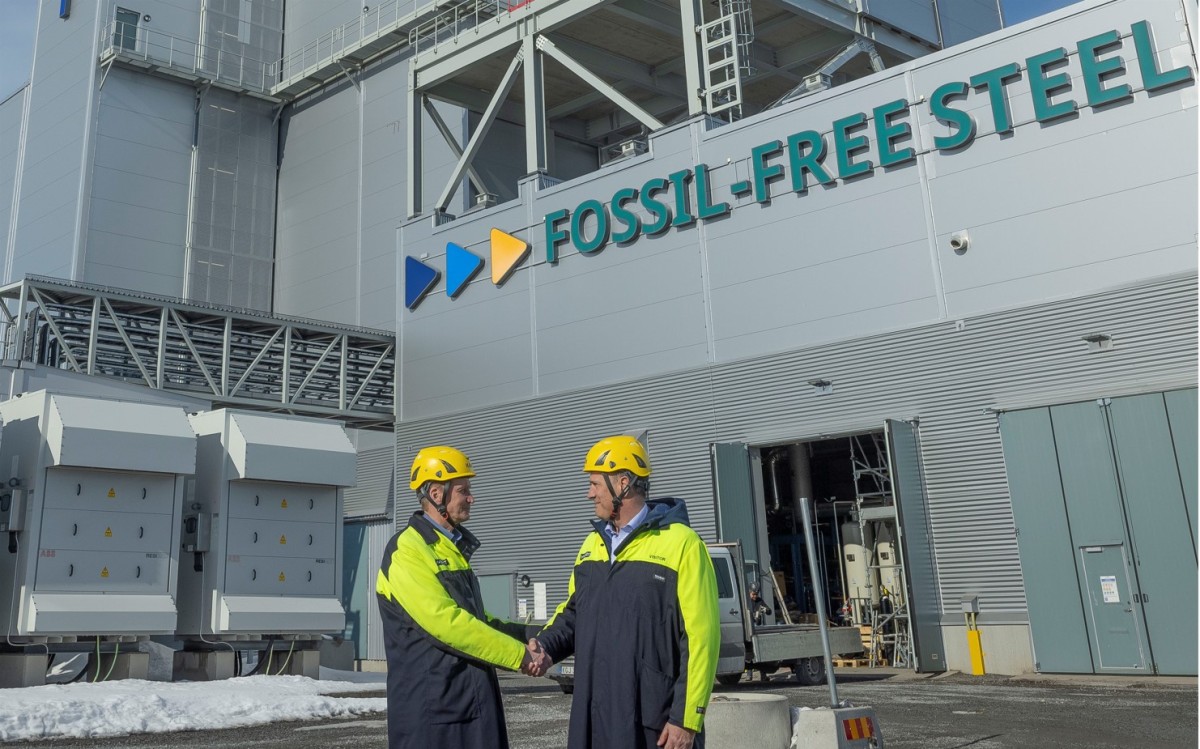
International
24/04/2024
SSAB and Manitou Group agree on fossil-free steel
Manitou Group announces the signature of a letter of intent...












